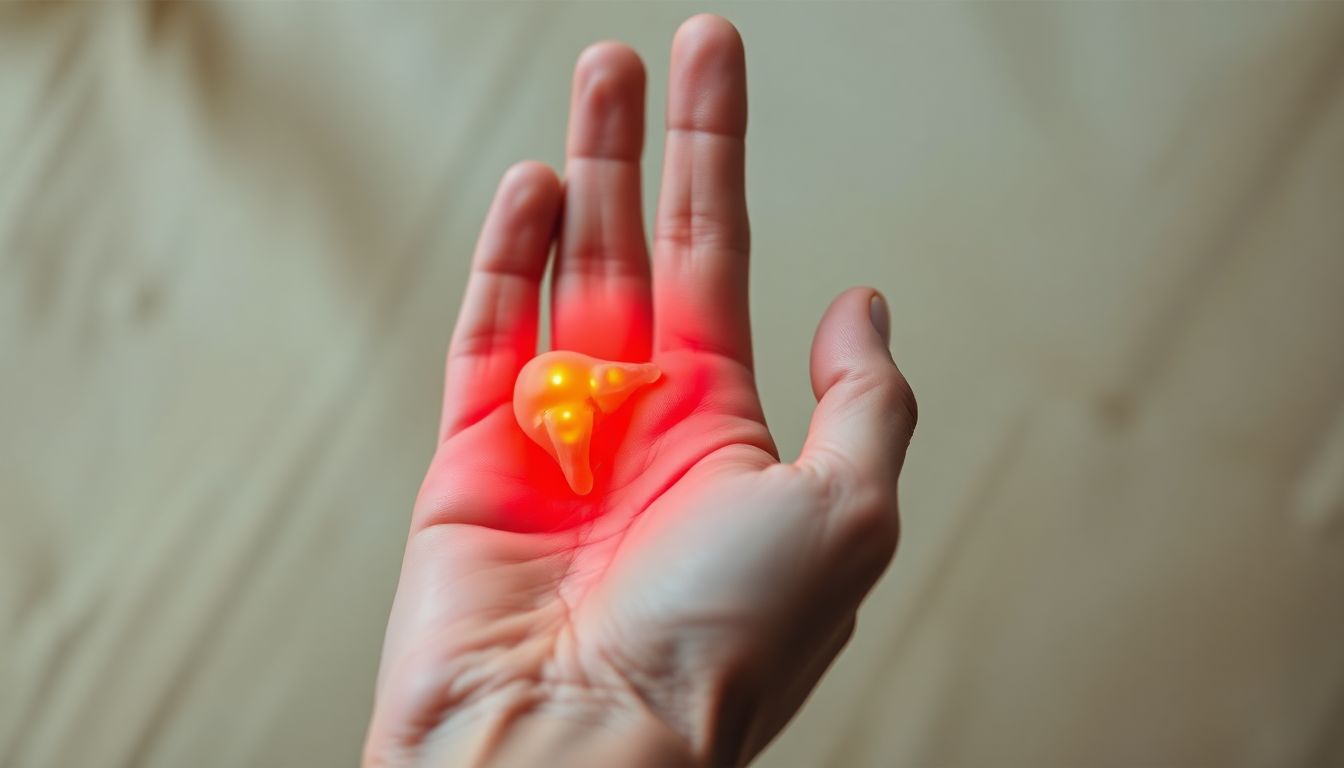Signs of Poor Joint Health and When to Seek Help

Did you know that millions of people suffer from joint pain every day? Joint discomfort affects a substantial portion of the population, often leading to limitations in daily life. Many endure this pain quietly, unaware that seeking help can significantly improve their quality of life.
Common joint issues like osteoarthritis and rheumatoid arthritis can creep in silently. Early intervention is crucial to managing these conditions and preventing long-term damage. By recognizing the signs of poor joint health, you can take steps to address them before they grow worse.
This article outlines key indicators of joint health decline, emphasizing the importance of seeking medical assistance when necessary.
1. Persistent Pain and Stiffness: Your Body's SOS
Types of Joint Pain
Joint pain can vary widely. It can be acute, arising suddenly, or chronic, lasting for months or even years. Pain can occur in various locations including:
- Knees
- Hips
- Back
- Wrists
Common descriptors for joint pain include aching, throbbing, or sharp sensations. Understanding the type and location of discomfort is essential in pinpointing the problem.
Pain Severity and Impact on Daily Life
Pain doesn’t just affect your joints; it affects every aspect of your life. Difficulty performing daily activities, trouble sleeping, and reduced overall quality of life are common consequences of persistent joint pain. According to statistics, joint pain can lead to significant disability. In fact, nearly 60% of adults with arthritis report that it limits their regular activities.
2. Reduced Range of Motion and Stiffness
Physical Limitations
As joint issues progress, they can lead to physical limitations. You may find it challenging to:
- Bend down
- Climb stairs
- Engage in hobbies
These restrictions can be frustrating, making even simple tasks seem daunting.
Gradual Loss of Flexibility
Over time, a decreased range of motion can worsen. This decline impacts your independence, making it hard to enjoy life fully. Real-life examples include struggling to reach for items on high shelves or having trouble getting out of a car.
3. Swelling, Inflammation, and Redness
Visual Indicators
Inflamed joints often present clear visual signs. You might notice swelling, redness, or warmth in the affected area. These symptoms are telltale indicators that something is amiss.
Systemic Symptoms
Sometimes, poor joint health comes with accompanying symptoms like fever, fatigue, and unintentional weight loss. These signs could hint at more serious conditions such as rheumatoid arthritis, which affects nearly 1.3 million adults in the U.S.
4. Joint Deformities and Instability
Visible Changes in Joint Structure
Observe your joints for any visible changes. Common deformities include bunions, swollen knuckles, or bowlegs. These modifications can become a source of discomfort and frustration.
Joint Instability and Clicking
Feelings of instability or noticing a clicking sound in your joints could indicate underlying issues. This sensation of "giving way" might make you hesitant to move, affecting your overall mobility.
5. Other Warning Signs of Poor Joint Health
Morning Stiffness
Many people experience morning stiffness. This discomfort can linger for over 30 minutes and may differ based on conditions like osteoarthritis and rheumatoid arthritis.
Crepitus (Grinding or Popping Sounds)
You might hear unsettling sounds when moving your joints. Known as crepitus, these grinding or popping noises can accompany either normal movement or indicate joint issues.
Limited Grip Strength
Decreased strength in your hands might make daily tasks like opening jars or writing a struggle. This decline can significantly affect your independence.
6. When to Seek Professional Medical Advice
Urgent Care Situations
Certain situations demand immediate attention. Seek help if you experience:
- Severe pain
- Sudden swelling
- Joint trauma
These symptoms might indicate a serious condition that needs quick intervention.
Determining the Need for a Specialist
Not all healthcare providers are equipped to handle joint issues. If you notice persistent symptoms, consider consulting a rheumatologist or orthopedist. Early diagnosis is key in managing joint problems effectively. Experts agree that timely treatment can lead to better outcomes.
Tips for Finding the Right Healthcare Provider
To find qualified specialists, look for:
- Recommendations from friends or family
- Online reviews
- Professional associations
These resources can lead you to professionals who understand joint health.
Conclusion: Taking Control of Your Joint Health
In summary, recognizing the signs of poor joint health is crucial. Persistent pain, reduced flexibility, visual indicators of inflammation, and noticeable deformities all signal the need for action.
Addressing these symptoms early can prevent long-term complications and enhance your quality of life. If you experience any concerning signs, don't hesitate to seek professional help. Your joints deserve attention, and taking control can lead to a healthier, more active lifestyle.

.webp)


